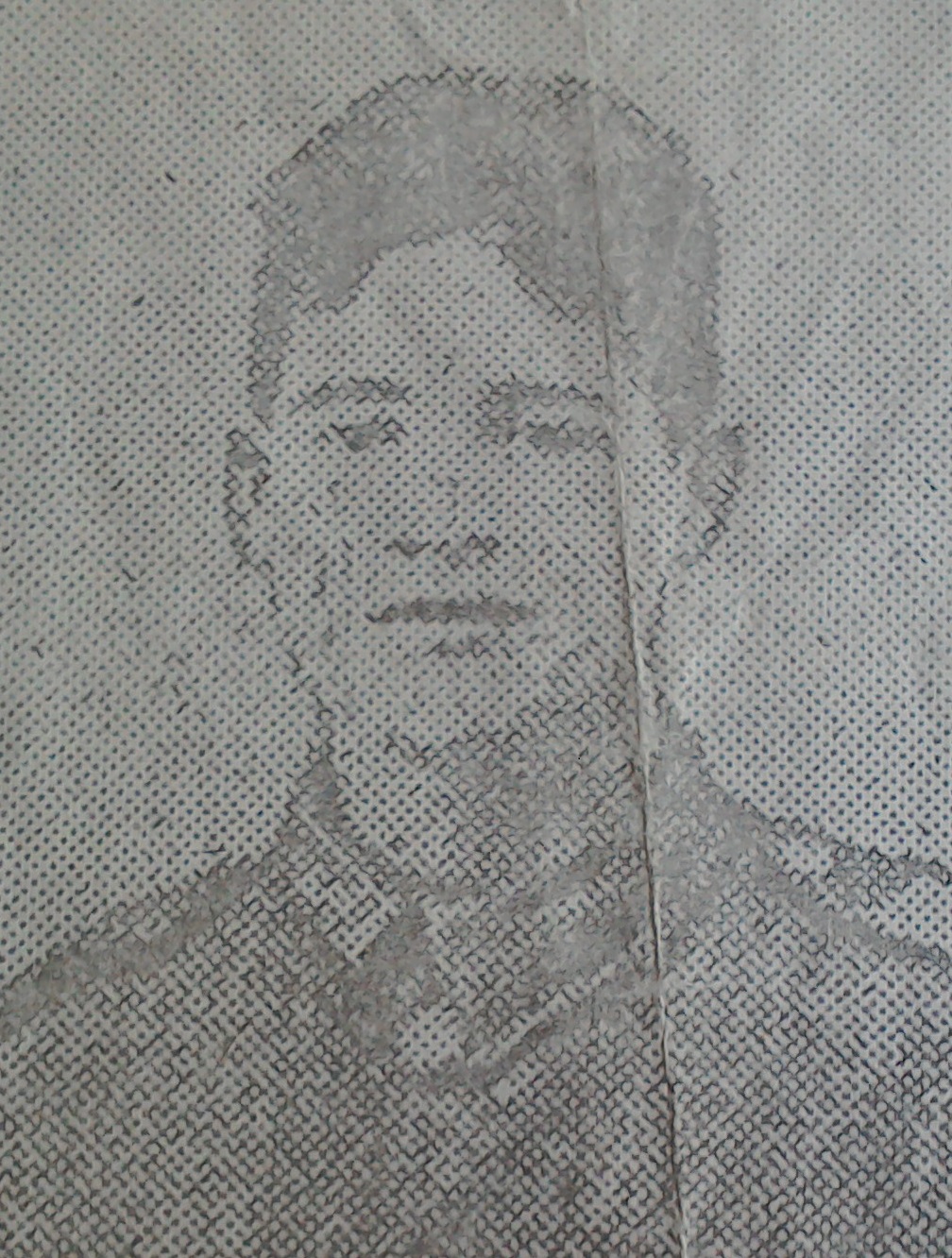Pte
William Henry Corrigan
Informations sur naissance
|
Année de naissance: 1898 |
|
Lieu de naissance: Shankill, Belfast, County Antrim, Irlande, Royaume-Uni |
Informations générales
|
Dernière résidence connue: 63 Canmore Street, Woodvale, Belfast, Antrim, Irlande, Royaume-Uni |
|
Profession: Ouvrier placeur de bobines |
|
Religion: Methodist |
Informations service militaire
|
Pays: Irlande, Royaume-Uni |
|
Force armée: British Expeditionary Force |
|
Rang: Private |
|
Numéro de service: 26306 |
|
Incorporation nom de lieu: Belfast, Antrim, Irlande, Royaume-Uni |
|
Unités: — Royal Inniskilling Fusiliers, 7th Bn. (Dernière unité connue) |
Informations sur décès
|
Date de décès: 16/08/1917 |
|
Lieu de décès: Delva Farm, Zonnebeke, Belgique |
|
Cause du décès: Killed in action (K.I.A.) |
|
Âge: 19 |
Mémorial
|
Tyne Cot Memorial Panneau: 70 |
Distinctions et médailles 2
|
British War Medal Médaille — 30/09/1920 |
|
Victory Medal Médaille — 30/09/1920 |
Points d'intérêt 4
| #1 | Lieu de naissance | ||
| #2 | Dernière résidence connue | ||
| #3 | Lieu d'enrôlement | ||
| #4 | Lieu du décès (approximatif) |
Mon histoire
William Henry Corrigan est né en 1898 à Shankill, un quartier de Belfast, en Irlande du Nord. Il est le fils de Mary Ann Shane et le beau-fils de John Shane. Selon le recensement de 1911, William travaillait comme doffer à temps partiel, ce qui signifie qu'il partageait son temps entre le travail dans l'industrie textile et la poursuite de ses études. Il s'est engagé à Belfast et, au moment de la bataille de Passchendaele, il a servi dans les Royal Inskilling Fusiliers, 7e bataillon, faisant partie de la 49e brigade de la 16e division.
Du 16 au 18 août 1917, le 7e bataillon participa à la bataille de Langemarck, qui fut le deuxième affrontement majeur entre les forces allemandes et britanniques lors de la troisième bataille d'Ypres. Le matin du 16 août 1917, la 49e brigade attaqua depuis la crête de Frezenberg, avec le 7e bataillon à gauche et le 8e bataillon à droite. Les bataillons parvinrent à s'emparer de Beck House une heure après les combats et avaient subi des pertes minimes en échappant aux bombardements allemands. Tandis que le 8e bataillon se tourne vers la ferme de Borry, le 7e bataillon d'Inniskillings poursuit sa route vers le point d'appui de la ferme de Delva. Le bataillon de William prit le contrôle de la position, mais une contre-attaque allemande encadra le 7e bataillon, l'obligeant à se retirer de Delva Farm, laissant derrière lui des morts et des blessés graves.
Le soldat de 19 ans William Corrigan fait partie des 368 victimes du 7e Bataillon des Inniskilling Fusiliers le 16 août 1917. Il a disparu au cours des combats. William n'a pas de tombe connue et est commémoré sur le mémorial de Tyne Cot.
Du 16 au 18 août 1917, le 7e bataillon participa à la bataille de Langemarck, qui fut le deuxième affrontement majeur entre les forces allemandes et britanniques lors de la troisième bataille d'Ypres. Le matin du 16 août 1917, la 49e brigade attaqua depuis la crête de Frezenberg, avec le 7e bataillon à gauche et le 8e bataillon à droite. Les bataillons parvinrent à s'emparer de Beck House une heure après les combats et avaient subi des pertes minimes en échappant aux bombardements allemands. Tandis que le 8e bataillon se tourne vers la ferme de Borry, le 7e bataillon d'Inniskillings poursuit sa route vers le point d'appui de la ferme de Delva. Le bataillon de William prit le contrôle de la position, mais une contre-attaque allemande encadra le 7e bataillon, l'obligeant à se retirer de Delva Farm, laissant derrière lui des morts et des blessés graves.
Le soldat de 19 ans William Corrigan fait partie des 368 victimes du 7e Bataillon des Inniskilling Fusiliers le 16 août 1917. Il a disparu au cours des combats. William n'a pas de tombe connue et est commémoré sur le mémorial de Tyne Cot.
Sources 6
|
7 Royal Inniskilling Fusiliers (The National Archives, Kew (TNA), British Army war diaries 1914-1922, WO WO 95/1977/2). https://www.nationalarchives.gov.uk/ Autre référence |
|
British Army World War I Medal Rolls Index Cards, 1914-1920 (The National Archives, Kew (TNA), WO 372/5/32186). https://www.nationalarchives.gov.uk/ Sources utilisées |
|
Census of Ireland 1901/1911 (The National Archives of Ireland, Dublin (NAI)). https://www.nationalarchives.ie/ Sources utilisées |
|
Fox Frank, The Royal Inniskilling Fusiliers in the World War , ( London, Constable&Company Ltd., 1928), 99-102. Sources utilisées |
|
McCarthy, Chris. Passchendaele: the Day-by-Day Account. (Londen: Unicorn Publishing Group, 2018), 52-53. Sources utilisées |
|
Soldier' Effects Records (National Army Museum, Chelsea (NAM) 1901-60; NAM Accession Number: 1991-02-333). https://www.nam.ac.uk/ Sources utilisées |
Complément d’informations 3
|
Commonwealth War Graves Commission Database https://www.cwgc.org/find-records/find-war-dead/casualty-details/841412 |
|
Lives of the First World War (Imperial War Museum) https://livesofthefirstworldwar.iwm.org.uk/lifestory/966999 |
|
Namenlijst (In Flanders Fields Museum) https://namenlijst.org/publicsearch/#/person/_id=e223ace3-8445-4998-9d7b-96f135fc944b |
